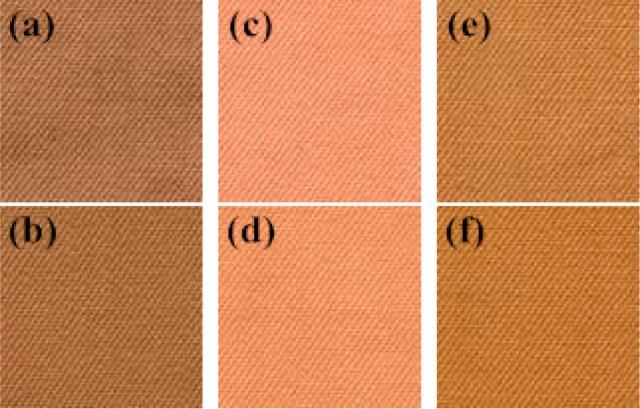FOR IMMEDIATE RELEASE
ACS News Service Weekly PressPac: May 24, 2017
Sorghum health food sweetener and now clothing dye
"Potential of Sorghum Husk Extracts as a Natural Functional Dye for Wool Fabrics"
ACS Sustainable Chemistry & Engineering
Sorghum has long been a staple food in many parts of the world, but in the U.S., it’s best known as a sweetener and livestock feed. As demand for the grain soars, so does the amount of waste husks. To reduce this waste, scientists report in the journal ACS Sustainable Chemistry & Engineering a new use for it: a wool dye that can add ultraviolet protection and fluorescence properties to clothing.
Sorghum, which looks like pearl couscous, is a hardy, drought-tolerant crop that is gaining popularity as a health food, livestock feed and source of bioethanol. Additionally, scientists are working on transforming the crop’s waste for a range of applications, including food coloring and waste water purification. Building further on the colorant possibilities, Yiqi Yang, Xiuliang Hou and colleagues wanted to see if they could develop a practical clothing dye out of sorghum husks.
The researchers tested extracts of husks on wool materials, which turned varying shades of brown. The dyes showed good colorfastness even when the wool was washed, rubbed and ironed. They also added UV protection and fluorescence properties to the materials, which withstood 30 cycles of laundering.
The authors acknowledge funding from the Special Fund for the Transformation of Scientific & Technological Achievements in Jiangsu Province, the Science & Technology Guidance Project by China Textile Industry Association, the Fundamental Research Funds for the Central Universities, the 111 projects, the USDA-National Institute of Food and Agriculture and the Agricultural Research Division at the University of Nebraska-Lincoln.
Note: ACS does not conduct research, but publishes and publicizes peer-reviewed scientific studies.

View Larger Image

